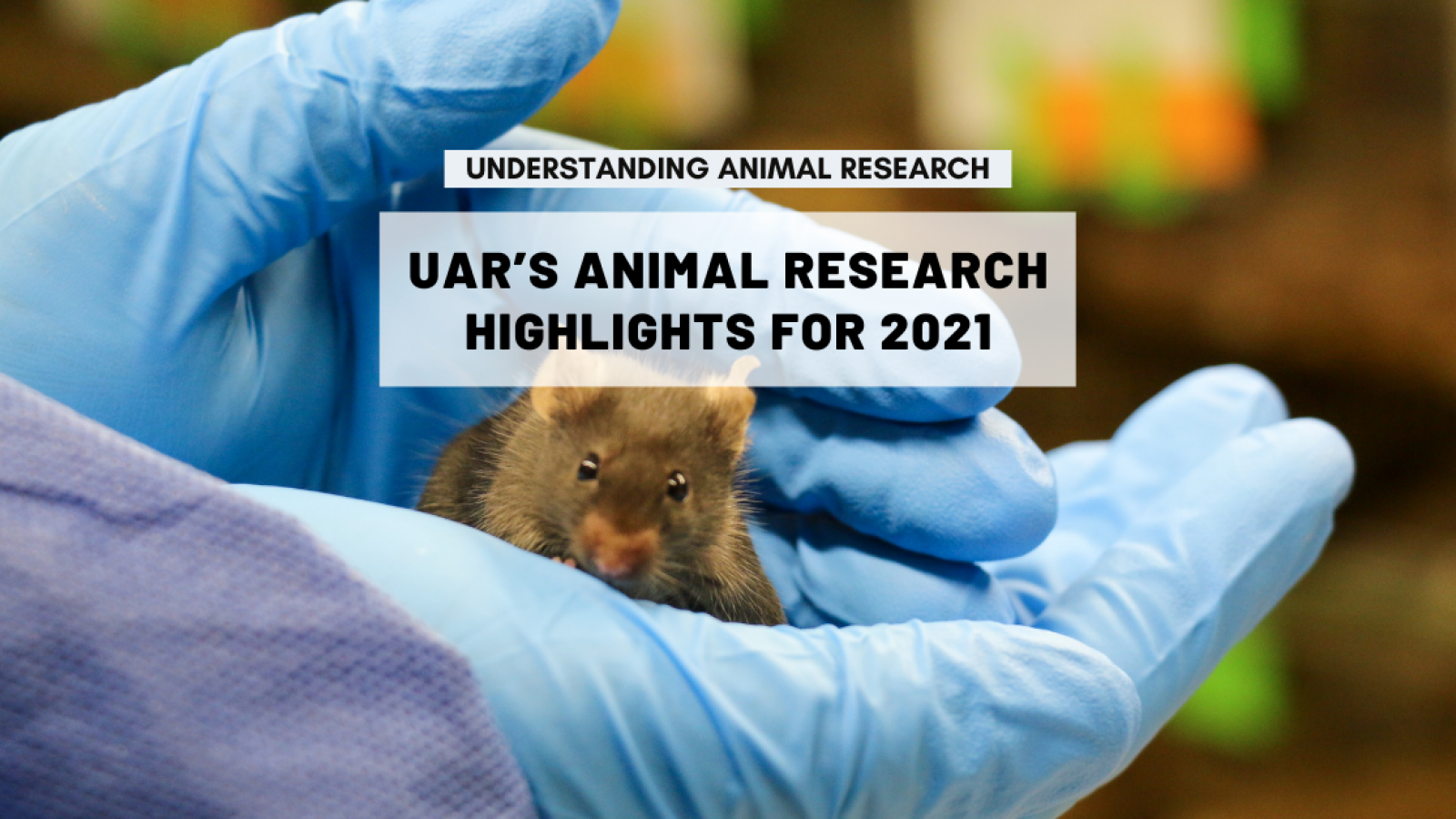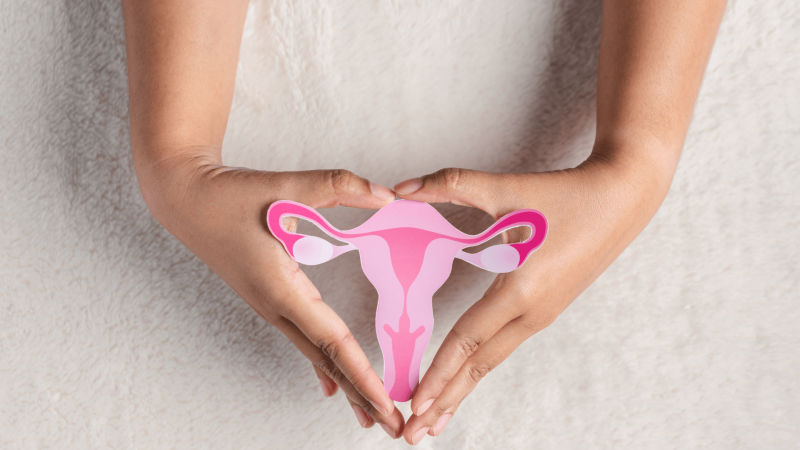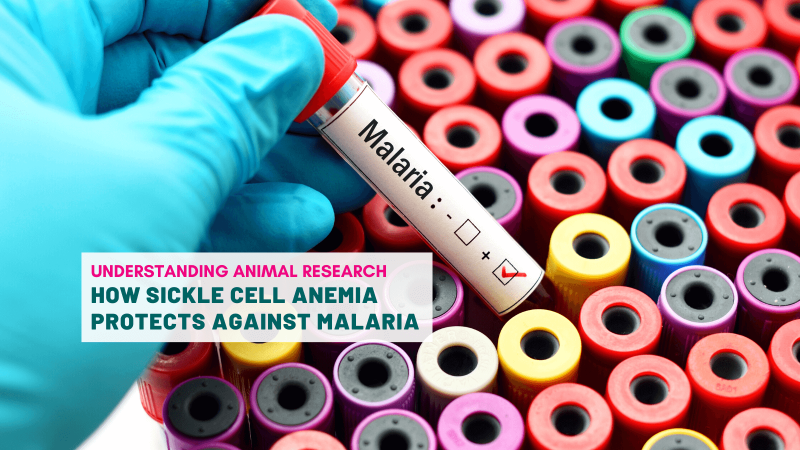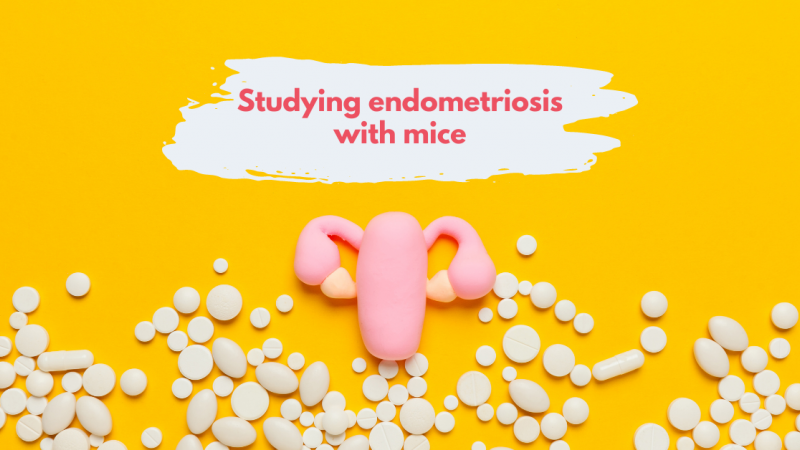
As the year comes to an end, UAR would like to take the time to highlight key animal research stories that helped improve the world in 2021.
A vaccine against Malaria
In 2021, the World Health Organization approved a landmark vaccine against Malaria. Every year, the parasite affects nearly 241 million people worldwide and kills 627 000. It has been one of the biggest scourges on humanity for millennia, especially in Africa and Asia.
The vaccine was shown to prevent 4 in 10 cases of malaria, and 3 in 10 of the most severe cases, including in children. It was developed thanks to 30 years of research, notably in mice and non-human primates.
Dr Tedros Adhanom Ghebreyesus, director-general of the WHO, said it was "a historic moment. The long-awaited malaria vaccine for children is a breakthrough for science, child health and malaria control. [It] could save tens of thousands of young lives each year."
https://www.bbc.com/news/health-58810551
A new treatment for sickle cell
Sickle cell disease is a group of disorders that affects haemoglobin, the molecule in red blood cells that delivers oxygen to cells throughout the body. It is an incurable genetic condition that affects 15,000 people in the UK.
Studying the molecular mechanism of a treatment given to 30+ year-old patients provided researchers with insights that informed both cellular and animal research, eventually leading to the development of three drugs: endari, voxelotor, and crizanlizumab.
Injected into a vein, and taken alongside standard treatment and transfusions, crizanlizumab decreased the average number of sickle-cell crises in a year in patients by half. This is the first new sickle-cell treatment in 20 years that will help keep thousands of people out of the hospital.
The charity Sickle Cell Society said the new treatment brought "new hope" for people living with the world's most common genetic blood condition.
https://www.bbc.com/news/health-58791333
Llama antibodies against Covid-19
Llama antibodies have shown promising results in the fight against Covid-19. The small nanobodies, collected after llamas were injected with a small portion of the SARS-CoV-2 virus, and included in a nasal spray, prevented and treated COVID-19 in Syrian hamsters. The nasal spray reversed COVID-19 symptoms and allowed the hamsters to recover in six days.
More trials, including clinical trials in humans, are necessary, but Public Health England has announced that the spray was among the “most effective SARS-CoV-2 neutralizing agents tested”.
https://www.bbc.com/news/science-environment-58628689
Anti-cholesterol injection
In 2021, a new type of injection to lower cholesterol in the blood was approved for use in the UK and EU.
Studies in mice and monkeys showed that inclisiran can turn off the PCSK9 gene which results in the liver removing harmful cholesterol from the blood and breaking it down.
Meindert Boysen, deputy chief executive of the UK’s standards body NICE said, "Inclisiran represents a potential game-changer in preventing thousands of people from dying prematurely from heart attacks and strokes.”
https://pubmed.ncbi.nlm.nih.gov/23240807/
A new way to fight endometriosis
Endometriosis is a severe illness that causes pain, inflammation and infertility in 1 in 10 women. Currently, the treatments for endometriosis are extensive and involve either hormonal or surgical procedures. But research in rhesus monkeys could be a game-changer.
Genetic analyses of human patients and rhesus macaques with endometriosis (they develop the condition naturally) showed evidence that the NPSR1 gene was associated with the disease. In mouse models (that don’t develop the disease naturally), inhibiting NPSR1 with a drug led to decreased inflammation, discomfort and pain.
The approach, which comes to light after more than two decades of intensive genetic research, gives hope for an easier endometriosis treatment with fewer side effects.
https://www.science.org/doi/10.1126/scitranslmed.abd6469
Light technology against cancer
After it is activated by visible light, the drug SeNBD can kill cancerous cells in zebrafish, without harming healthy cells.
Combining this tiny photosensitive bacteria-killing drug with chemical compounds that feed cells (metabolites), tricked bacteria or cancerous cells into ingesting the drug. Because bacterial and cancer cells tend to be greedy and consume higher concentrations and different types of metabolites than healthy cells, it made it easy for researchers to target these unhealthy cells specifically.
Effectively acting as a light-activated trojan horse, the drug could allow doctors to decide exactly where they want the drug to be active, avoiding the chances of attacking healthy tissue and preventing side effects caused by other drugs.
“This research represents an important advance in the design of new therapies that can be simply activated by light irradiation, which is generally very safe,” said the leading author of the study Professor Marc Vendrell.
Stem cells and viral infection
By analysing mouse stem cells, researchers from The Francis Crick Institute identified the cell machinery that protects against viral infection. More specifically, they discovered how mammalian cells build antiviral proteins that had previously only been found in plants and insects.
“By learning more about this process and uncovering the secrets of our immune system we are hoping to open up new possibilities for drug development as we strive to harness our body’s natural ability to fight infection,” said group leader Caetano Reis e Sousa.
This discovery could be the groundwork for finding cures and fighting viruses such as Zika and SARS-CoV-2.
https://www.science.org/doi/10.1126/science.abg2264
Therapeutic antibodies for dogs
A new mouse model, genetically modified to contain some dog DNA, could help produce antibodies specifically for man’s best friend. This is the first-ever system for producing dog antibodies via mice.
Therapeutic antibodies are a very potent and targeted tool to fight infectious diseases but also different diseases such as cancer. They have been used in human medicine for decades.
“The first monoclonal antibody for dogs was very successful and is a clear proof of concept. There are many chronic conditions in dogs and cats that could benefit from treatment like this: arthritis, immune disorders, allergies, chronic pain, lymphomas, other cancers, to name a few. There is certainly potential to add a new player to the animal therapeutics market. The potential for these therapies in veterinary medicine is enormous with a major impact on animal welfare,” explains John Innes, co-founder of the Veterinary Tissue Bank and Chairman of the RCVS Scholarship Council.
BONUS: Animal research tackling climate change
Animal research can encourage sustainable farming and lower gas emission in line with UN goals on climate. The Roslin Institute is particularly involved with several projects in 2021.
Researchers are studying microbial DNA in the stomachs of cattle and sheep to understand if it is possible to reduce methane emission in their farts to effectively create low-emission cattle. This greenhouse gas closely mimics the effects of CO2 and is equally associated with climate change.
In another project, researchers are looking at different ways, such as gene editing pigs, to keep livestock healthy and stop the spread of disease and therefore reduce their carbon footprint.
Last edited: 29 July 2022 09:55



